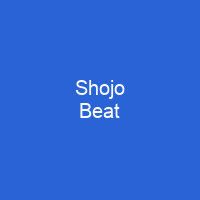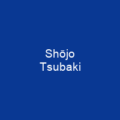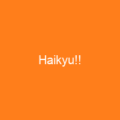Shojo Beat: A Shōjo Manga Magazine That Sparked Curiosity and Controversy
Imagine a world where manga meets fashion, culture, and beauty—welcome to Shojo Beat! This shōjo manga magazine was once the beacon of hope for young girls in North America, published by Viz Media. Launched in June 2005, it promised to be more than just a collection of stories; it was an immersive experience into the vibrant world of Japanese culture.
But what exactly made Shojo Beat so special? Was it the stunning artwork or the engaging narratives that kept readers coming back for more? Or perhaps it was the blend of manga, fashion, and cultural insights that created a unique reading experience?
The Birth and Growth of Shojo Beat
When Shojo Beat first hit the stands with a circulation of 20,000 copies, it quickly gained traction. By 2007, its readership had grown to an impressive 38,000. This growth was not just about numbers; it represented a significant shift in how young girls were engaging with manga and Japanese culture.
But who exactly was reading Shojo Beat? The magazine’s audience was predominantly female, with 91% of its readers being women. And the target age range was between 13 and 19 years old, making up a whopping 61% of the readership. This demographic was crucial in shaping the content and style of the magazine.
Content and Series
The magazine featured chapters from six manga series, each contributing to its diverse and engaging content. While some titles were well-received, others left a bitter taste. According to David Welsh of Comic World News, several good series like Nana and Crimson Hero stood out. Greg McElhatton praised the mainstream appearance of Shojo Beat, calling it a ‘smart’ decision to attract teenage girls.
However, not everyone was as enthusiastic. Katherine Dacey appreciated its funky vibe, while Heidi MacDonald lamented its loss, feeling that it would leave a void for female fans. The School Library Journal also echoed this sentiment, describing Shojo Beat as “one of a kind.”
The Design and Impact
Shojo Beat underwent two redesigns, adopting cyan and magenta ink tones common to Japanese manga anthologies. These colors not only added aesthetic appeal but also helped in creating an authentic reading experience for its young audience.
But was the magazine’s impact solely on its readers? Staff member Brigid Alverson praised its intelligent articles on Japanese pop culture, highlighting how it went beyond just manga and delved into the broader cultural landscape. This approach made Shojo Beat more than just a magazine; it became a gateway to understanding Japanese society.
The Decision to Discontinue
Despite its growing popularity, Viz Media announced the discontinuation of Shojo Beat in May 2009. The decision was met with mixed reactions. Some staff members questioned whether Viz expected the same circulation numbers as Shonen Jump, a magazine known for its male audience.
The question remains: Was it the quality of the content or something else that led to its demise? Could it have been a strategic move by Viz Media to focus on other markets?
Conclusion
Shojo Beat was more than just a magazine; it was a bridge between cultures, a platform for young girls to explore the world of manga and Japanese culture. Its legacy lives on in the hearts of its readers, who remember it as a unique and vibrant experience. As we look back at Shojo Beat, we can’t help but wonder what other stories it could have told if given more time.

You want to know more about Shojo Beat?
This page is based on the article Shojo Beat published in Wikipedia (retrieved on November 30, 2024) and was automatically summarized using artificial intelligence.







